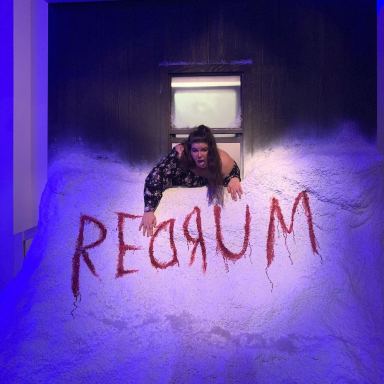26 Trivia Facts About Jordan Peele’s ‘Get Out’
Here are bunch of interesting things you missed in Get Out and fascinating facts about the film. Spoilers ahead.
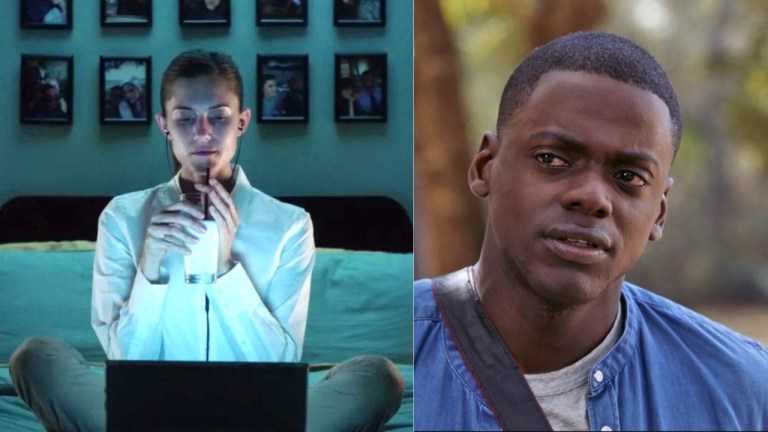
Until the release of his first feature film Get Out in 2017, Jordan Peele was mostly known as half of the cable-TV comedy duo Key & Peele. But Get Out—an innovative horror movie that blended traditional horror tropes with the terror of being black in America—forever changed Peele’s career as well as the horror-movie landscape.
Here are 26 interesting facts surrounding this groundbreaking film.
The Title

1. In the past, many small towns in the Southern USA had signs at the county or city line that read, “GET OUT,” and they were specifically targeted at African Americans. These places were known as “Sundown Towns,” and it was understood that black people were not welcome in the town after the sun set. Many Americans are unaware their very own hometown may have at one point been a sundown town (it’s me, I grew up in a sundown town in Minnesota and had no idea until recently).
2. Jordan Peele says another inspiration for the title was a bit by Eddie Murphy in his live standup film Delirious where Murphy jokes about how white people in horror movies don’t leave haunted houses even after they realize they’re haunted. According to Eddie, “In The Amityville Horror, the ghost told them to get out of the house. Now that’s a hint and a half for you ass. If a ghost said ‘get the fuck out,’ I would just tip the fuck out the door.” Coincidentally, Peele originally considered Eddie Murphy for the role of Chris in Get Out but decided he was too old.
I think a lot of horror movies miss the mark on. I often notice [a film] will lose an audience immediately when you want somebody to get out of the house, and they’re not getting out of the house, or they’re finding some excuse not to. I really tried with this movie to honor reality, and to allow all of our characters to make sort of responsible, intelligent choices… sometimes even smarter than what I would do at that time.
Jordan Peele Talks ‘Get Out’ And His Love For Horror Movies
3. Peele also said the title is derived from his experiences in mostly black movie theaters where the audience screams at the characters onscreen to get out of dangerous situations or places. In Get Out, both Andre and Rod tell Chris to “get out.”
Race
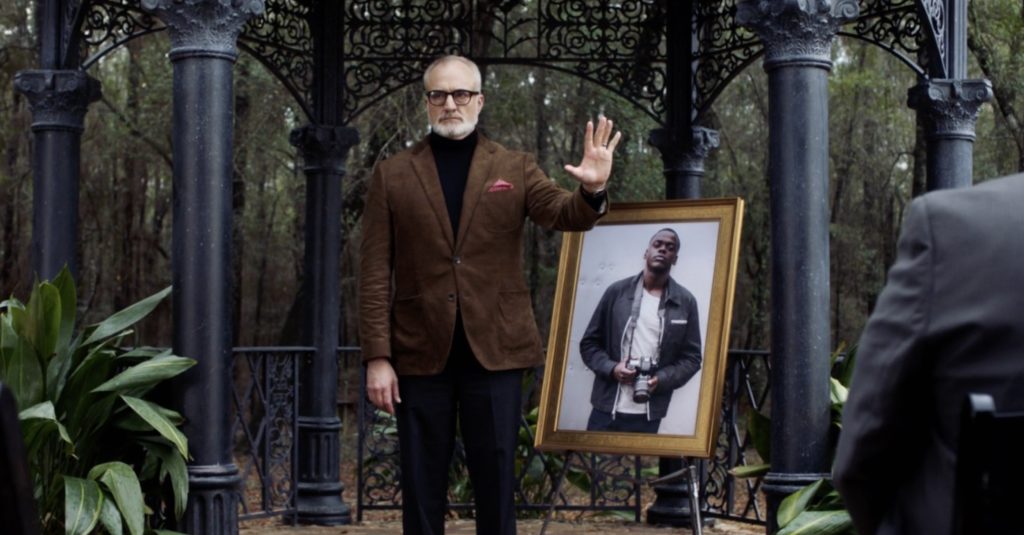
4. Peele said he was inspired to make the movie during the Obama Administration when many people seemed to think that having a black president signaled the end of racism in America. “Being an African-American,” Peele explains, “I have never seen my perspective in a horror film. [Get Out] has my worst fears realized as a black man in this country, from the evil white girl who’s been lying to you to the lacrosse stick, those things are foreign to me.”
5. Peele also included slavery references—the way the “bingo game” is played resembles a slave auction. So do the leather bonds around Chris’s feet resemble a slave’s shackles. And when he eventually pulls the cotton stuffing out of the leather chair, he is literally “picking cotton.”
It is a very personal story. It’s a horror movie that is from an African American’s perspective. It very quickly veers off from anything autobiographical, but I think what interested me most about this movie was dealing with racism, really everything from the subtle racism that many people may not know exists on a day to day basis, or for a lot of people.
…To the more extreme racism and everything in between. When I talk about movies like Rosemary’s Baby and Stepford Wives, I really noticed that these movies were able to address fears surround the women’s lib movement in a way that was engaging, not preachy, but fun.
It occurred to me that no one’s really made a thriller about race, since maybe Night of the Living Dead, which was [48 years ago.]
Jordan Peele Talks ‘Get Out’ And His Love For Horror Movies
6. With the exception of Rose, all of the Armitages die from injuries of the head or upper body. It is thought that this symbolizes the need to kill the racist thoughts and attitudes that they harbored.
7. During a scene in the white car, a knight’s helmet is shown. The helmet features some language similar to “White Knights of the Ku Klux Klan,” which was known as one of the KKK’s most violent sects.
8. Jordan Peele says that The Sunken Place—a vast area with no light and sound—“means we’re marginalized. No matter how hard we scream, the system silences us….[It’s] a metaphor for the marginalization of the black horror movie audience. We are a loyal horror movie fanbase, and we’re relegated to the theater, not on the screen.”
9. The character Missy Armitage (Catherine Keener) wields psychological power over her prey with a silver spoon, which symbolizes her white privilege.
10. Although the film was originally supposed to be filmed in Los Angeles, the city’s high taxes and the producers’ low budget forced Peele to eventually film in Fairhope, AL, although the film is set in Upstate New York. Peele said he didn’t want to lean too heavily on the trope of racist Southern whites and instead intended to draw attention to a different type of closet racist—the liberal white Northerner.
11. Jordan Peele uses his voice twice in the movie. Once is during a TV ad that says, “A mind is a terrible thing to waste,” which was a popular slogan for the United Negro College Fund in the 1970s. The other time is when he makes the sound of the deer when it gets hit by a car.
The Music
12. The film’s main musical theme is “Sikiliza Kwa Wahenga,” which is sung entirely in Swahili except for the word “brother,” which composer Michael Abels said had a universal meaning and appeal to black people. Abels says the voices in the song are meant to represent the souls of black lynching victims and slaves warning Chris to flee from danger. In English, the lyrics say, “Brother, run! Listen to the elders. Listen to the truth. Run away! Save yourself.”
13. The 1939 British song “Run Rabbit Run” is what plays in Jeremy’s white car during Andre’s kidnapping. It was a popular song during World War II, especially when the performers Flanagan and Allen changed the lyrics to “Run Adolf Run” to defame Hitler. The song was written by Noel Gay, who was born Reginald Armitage—which is a surname used by the white family in Get Out.
The Movie Influences
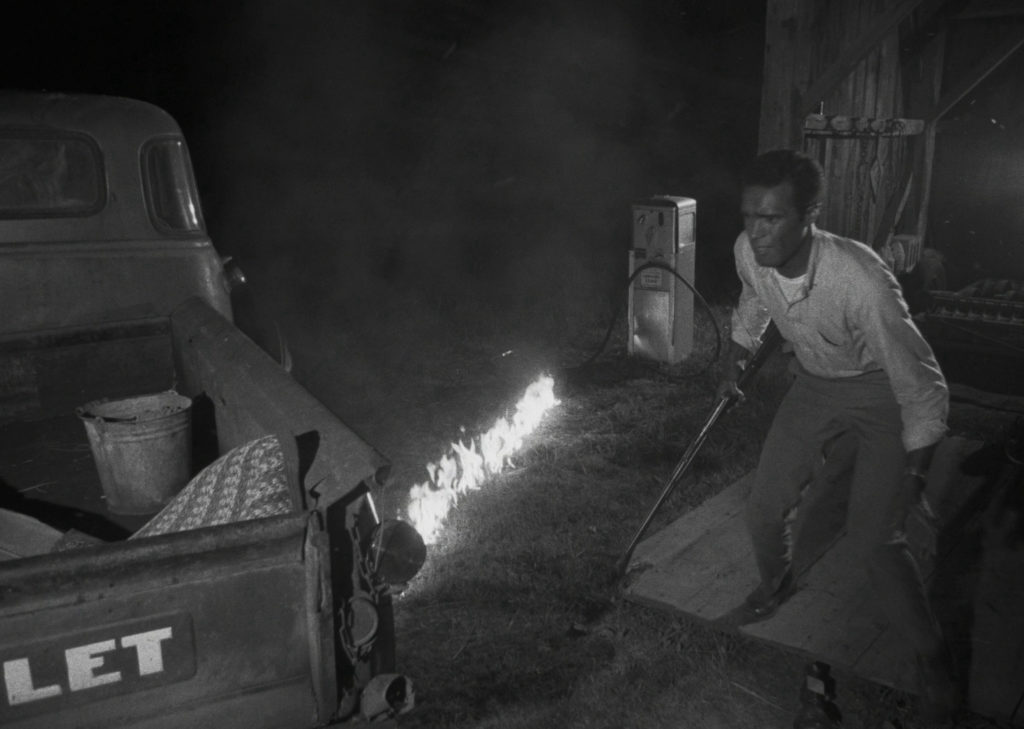
14. As a movie lover, and especially a horror fan, Peele filled Get Out with references to other movies. A discriminating film buff will be able to detect the sly nods to The Stepford Wives, The Silence of the Lambs, Rosemary’s Baby, Night of the Living Dead, Halloween, Jaws, Christine, and North by Northwest at various points in Get Out.
15. Of all those films listed, the one that Peele cited as the direct inspiration for Get Out was 1968’s Night of the Living Dead, which was the first horror movie to have an African American protagonist.
The Awards
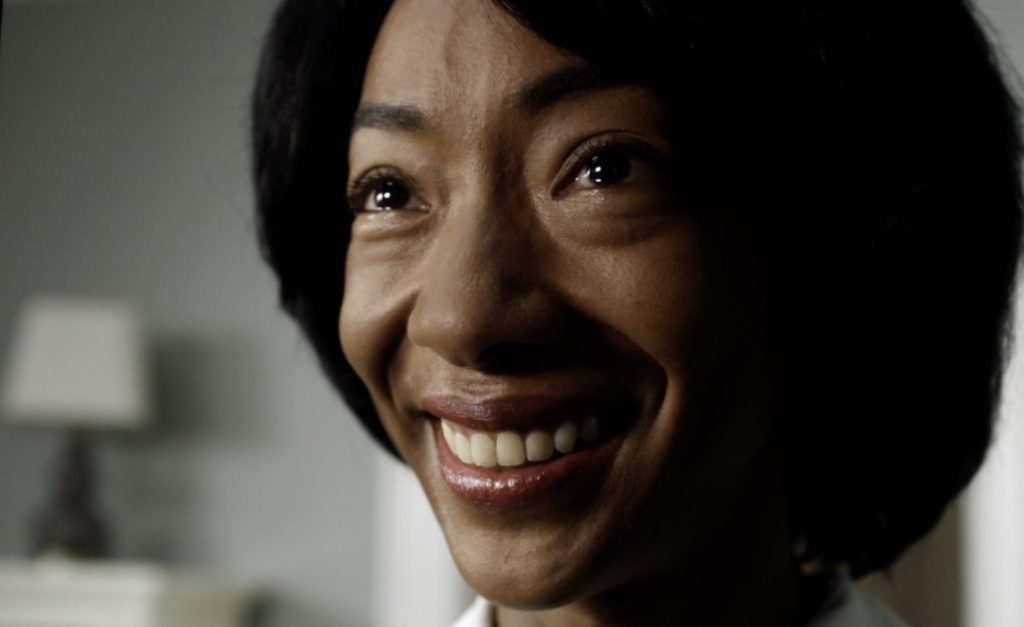
16. Get Out is one of only a few horror movies ever to be nominated for a Best Picture Oscar. The others are The Exorcist (1973), Jaws (1975), The Silence of the Lambs (1991), The Sixth Sense (1999), and Black Swan (2010).
17. Get Out was nominated for four Academy Awards: Best Actor, Best Picture, Best Director, and Best Original Screenplay. It won for Best Original Screenplay, making Jordan Peele the first black person to win that award.
Misc.
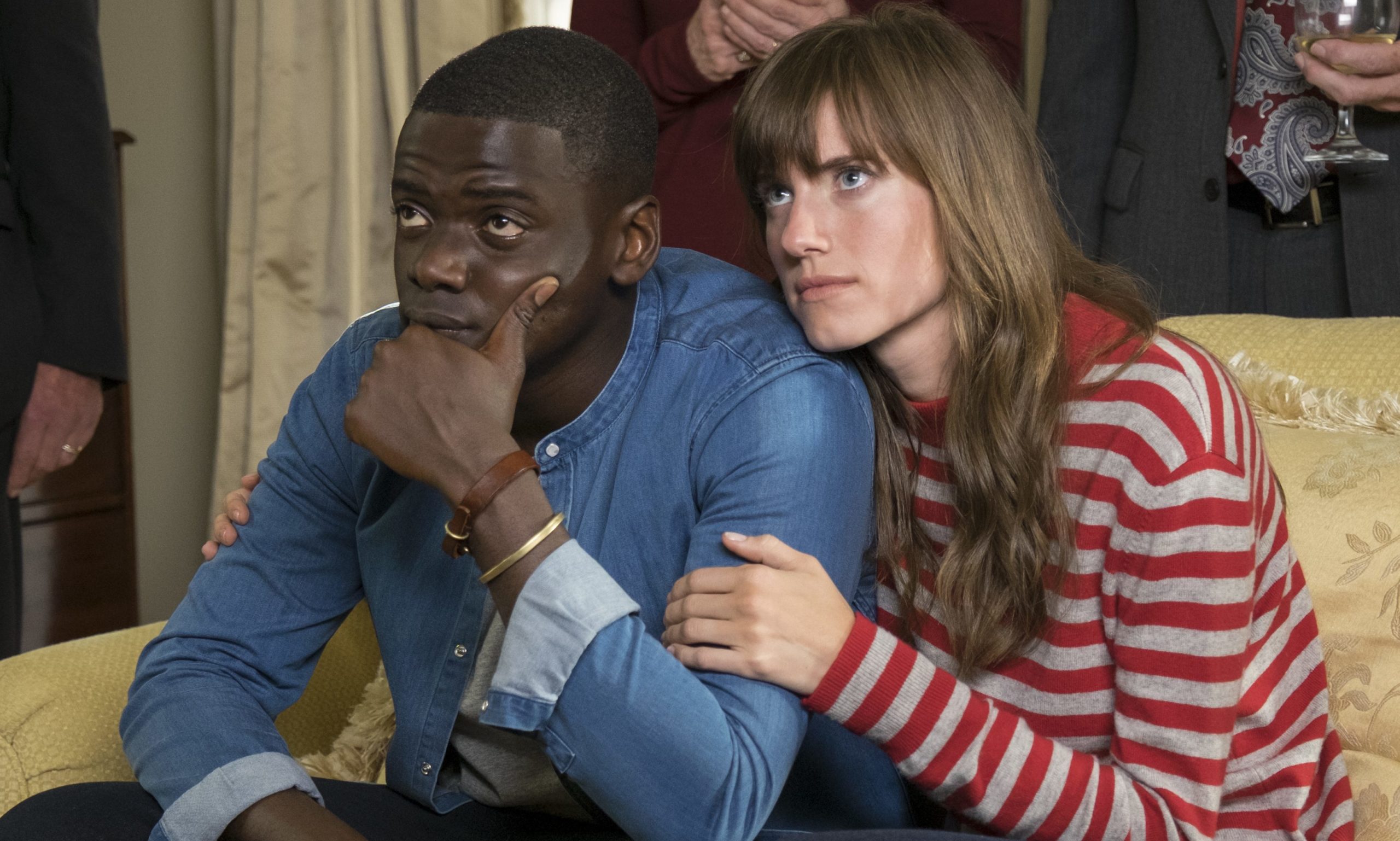
18. Chance the Rapper loved Get Out so much that for a limited time, he purchased all the tickets at certain Chicago movie theaters in advance, most of them in predominantly black neighborhoods so that people could see it for free.
19. According to Jordan Peele, he asked the actor playing Roman Armitage (Richard Herd) to envision his mood in one scene as “a Viagra ad trying to hide deep rage. He responded, ‘That sounds like all Viagra ads to me!’ Then he absolutely nailed it.”
20. Keegan-Michael Key, Jordan Peele’s partner in the hit cable comedy show Key & Peele, appears briefly in Get Out as one of the “Top NCAA Prospects” that Rose’s character searches online.
21. In one scene where Chris is talking to Georgina in the bedroom, you can see a movie poster in the background. Chris’s shoulder is obscuring part of the poster so that what you see are the words, CHRIS IS DEAD.
22. The film’s total body count is seven.
23. Get Out was released in Hong Kong as Scary Visit and in Spain as Let Me Out.
24. In what is possibly a nod to the Red State/Blue State divide in America, everyone besides Chris at the party is wearing red, while Chris is wearing blue.
25. Jordan Peele went through more than 200 drafts of Get Out before deciding on a final script—and even so, much of the dialogue wound up improvised. In particular, Lil Rel Howery, who played Rod, ad-libbed most of his jokes.
26. The film originally had a much darker, alternative ending. In the original version, police showed up and arrested Chris for murder—with a likely life sentence—due to all the dead bodies they found at the Armitage residence. But Peele decided that since he made Get Out with the audience in mind, it wouldn’t be fair to them to end on such a depressing note.
